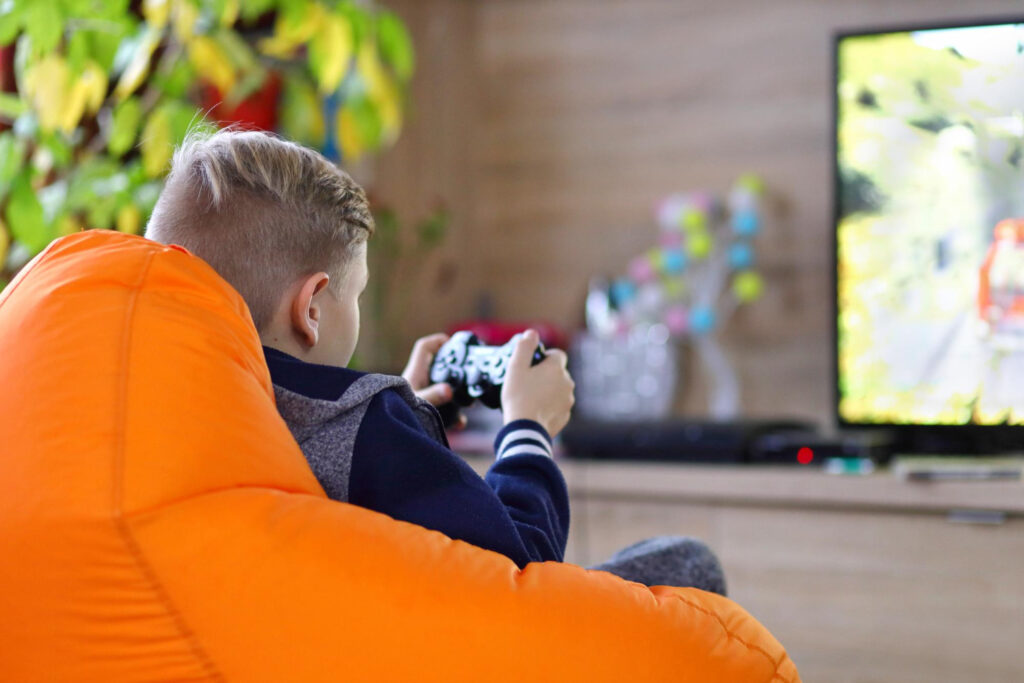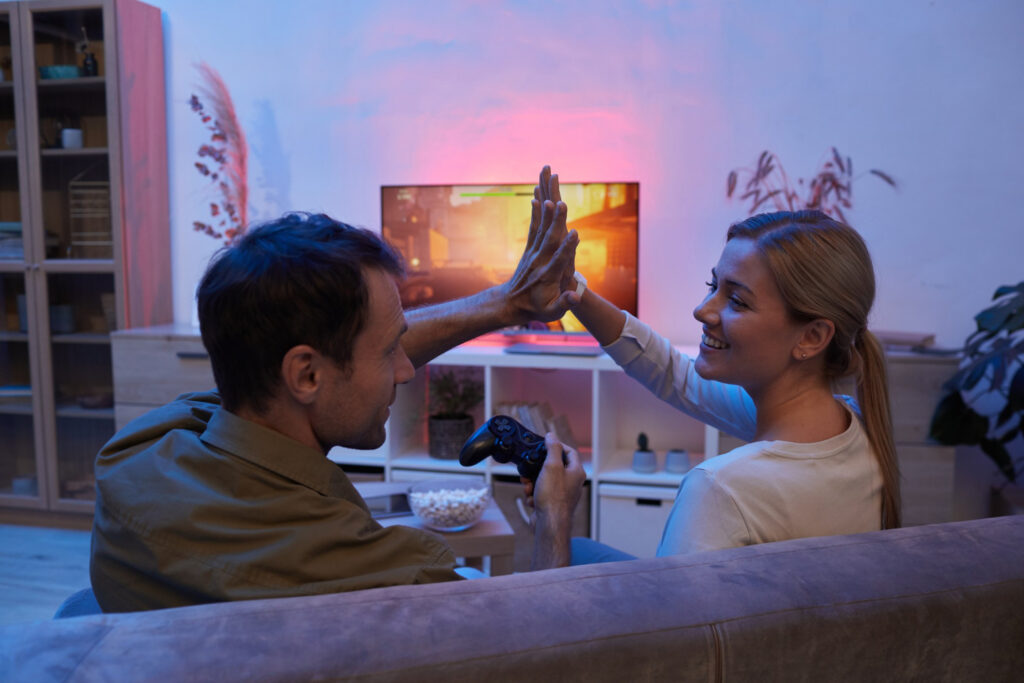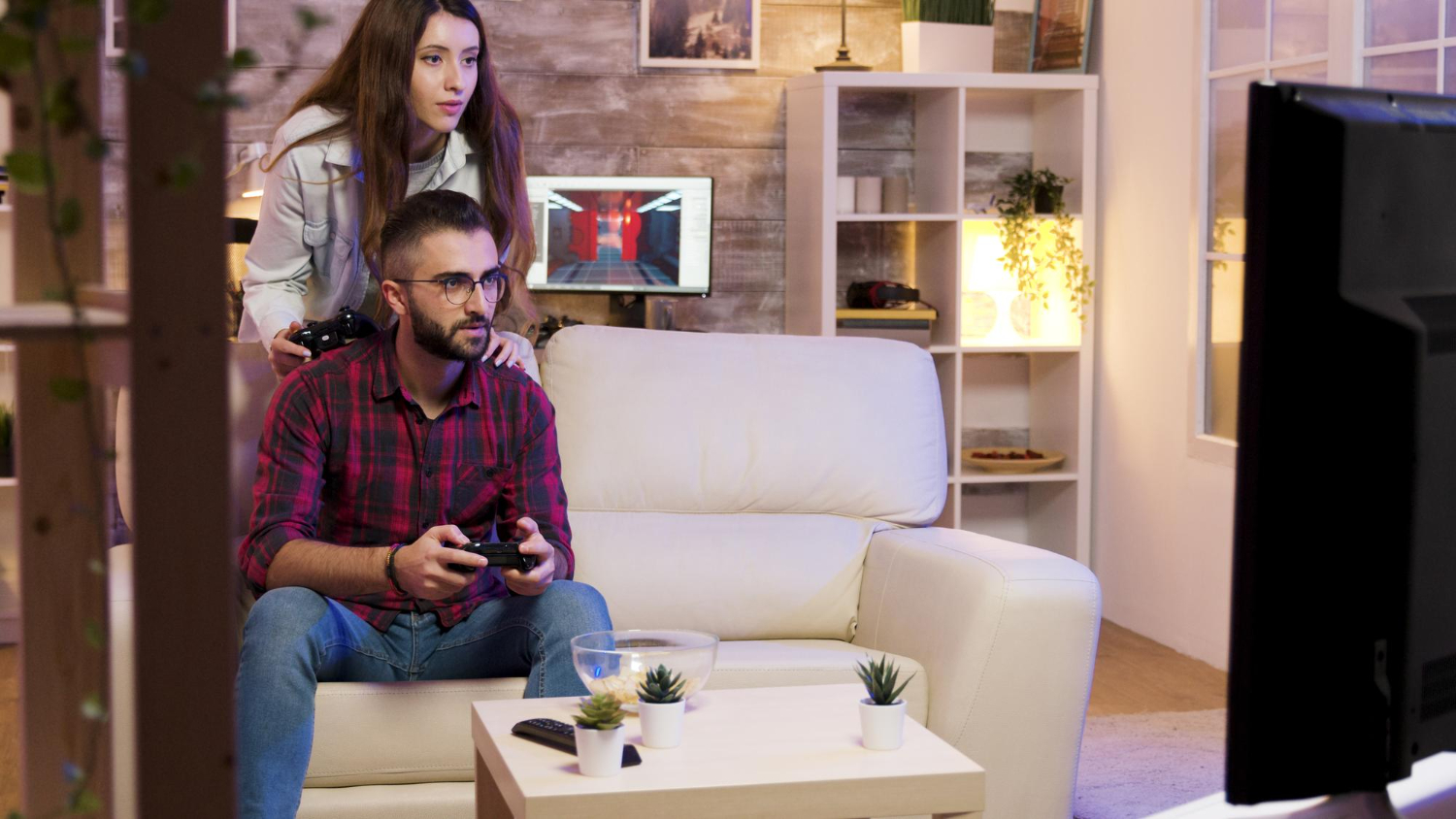The fastest way to make games feel great on a TV is to separate “processing that looks nice in a demo” from “processing that helps you play.” Input lag comes from every effect that touches the image before it reaches your eyes, while the soap-opera effect comes from motion interpolation that invents frames and erases the natural stutter of film or the snap of game animation. The sweet spot is a setup that treats your TV like a responsive monitor when a console is active, yet still keeps motion clean and text crisp. That means enabling the gaming preset so the panel listens instantly, turning off the heavy image tricks that delay frames, and using the few motion tools that sharpen clarity without changing cadence. With a handful of careful choices—correct HDMI mode, the right tone-mapping for HDR, a sane motion plan, and audio configured to bypass delay—you’ll feel button presses land exactly when you expect while the picture stays natural and detailed. Do it once, save per input, and your TV will be ready for play every time you pick up a controller.
Start with the right preset, port, and label so the panel stops stalling

Begin by putting the console’s HDMI into a port that supports the full feature set—4K at 120 Hz, VRR, and ALLM if your TV offers them—and switch that port’s input format to “Enhanced,” “HDMI 2.1,” or the equivalent. Then select the TV’s gaming preset; on many sets this also activates Auto Low Latency Mode so the TV drops unnecessary processing the moment it sees a console. If your model lets you rename inputs, choose “Game” or “PC” to unlock 4:4:4 chroma for crisp text and menus, and disable overscan so the image isn’t scaled. Now prune the big lag culprits: turn off noise reduction, edge enhancement, live color boosters, dynamic contrast, and reality creation-style sharpening. These effects add time and rarely help a clean digital signal. Keep color temperature on the warm/accurate side so skin tones aren’t pushed blue, and fine-tune brightness and gamma only after you’ve locked in the game preset. This foundation alone often halves input lag compared to a default “Standard” or “Vivid” mode and gets you most of the way to monitor-like responsiveness.
Keep motion natural: kill interpolation, then add clarity without the glare
Motion smoothing is the source of the soap-opera look because it fabricates intermediate frames and changes the cadence of content. For games and 24 fps films, set motion interpolation to Off; on different brands this appears as TruMotion, MotionFlow, Auto Motion Plus, or similar. If your TV splits controls into “Judder” and “Blur,” leave de-judder at zero so cadence stays natural, and use only the gentlest de-blur or backlight scanning if you need a touch more clarity in bright sports or fast side-scrolling. Black Frame Insertion or “OLED Motion/LED Clear Motion” can sharpen motion by reducing persistence, but it also drops brightness and may flicker; keep it on Low and turn it off if you notice eye strain or VRR conflicts. A better first step is simply running 120 Hz when your console and game support it—higher refresh alone reduces perceived blur without inventing frames. The guiding idea is easy to feel: animation should snap, camera pans should look like a camera moving through space, and nothing should glide like a soap commercial.
Get HDR right and still fast: choose sane tone-mapping and calibrate once
HDR can be both gorgeous and lag-friendly if you avoid dynamic tricks that change per frame. In the game picture menu, look for a “Game HDR” or “HGIG” option; this tells the TV to stop tone-mapping creatively and display what the console sends, while the console’s HDR calibration sets the peak. Run the built-in HDR setup on your PlayStation or Xbox and follow the instructions to the letter—raise the pattern until it barely disappears, not until it’s totally gone—so highlights land accurately without crushing detail. Avoid dynamic contrast, live brightness, or auto local-contrast modes in Game; they push and pull luminance in ways that add processing time and can cause flashing in dark scenes. Confirm the console output is 10-bit and the TV reports “4:2:2” or full chroma at the chosen refresh; if text looks fringed, recheck the input label and HDMI enhancement setting. When HDR is calibrated and the TV is in a no-nonsense tone-mapping mode, you’ll keep latency low while preserving the punchy specular highlights that make night races, neon signs, and sunlit armor look right.
Make audio a bypass, not a bottleneck: eARC, passthrough, and lip-sync
Nothing ruins responsiveness like hearing the action late. If you route sound through a bar or AVR, enable eARC on the TV and set audio to “Pass Through,” “Bypass,” or “Bitstream” rather than “Auto” or “PCM processing,” which can add delay. Turn off virtual surround and dialogue enhancement in Game mode; they’re useful for movies but often insert buffering during play. If your soundbar has a Game preset that prioritizes speed, use it, and let the console send Dolby Digital or Dolby MAT when required without transcoding at the TV. Keep “Auto Lip Sync” on if it actually measures your chain correctly, but be willing to set a manual delay of zero on the console and let downstream gear add only the minimum. If you must use the TV speakers, leave game-time effects off and keep volume in a range that doesn’t trigger dynamic limiting; some sets raise processing when driving speakers hard. A clean audio path sounds simpler on paper than it is in reality, but the payoff is immediate: trigger pulls, parries, and on-beat jumps line up with your hands again.
Trim hidden lag: eco modes, film detection, and stray processing
Even in a gaming preset, a few toggles can sneak latency back in. Disable energy-saving brightness algorithms that sample frames or the room sensor; they’re tuned for idle TV viewing and can throttle panel output unpredictably during gameplay. Turn off film mode or cadence detection in Game; it tries to detect 24p cadence and can interfere with 60/120 Hz signals. Set sharpness near neutral—too high adds halos and processing, too low can blur UI elements—then leave it alone. If your set offers local dimming control specifically in Game, prefer Low or Medium so the algorithm doesn’t chase HUD elements and add pumping; extreme settings can hunt. For PC use, keep RGB 4:4:4 and a “PC/Game” label to preserve fine text and minimize chroma processing. Verify “Just Scan” or “1:1” is active so the TV isn’t scaling and sharpening unnecessarily. Finally, turn off any ambient content detection, ad insertion, or auto content recognition features; beyond privacy, they watch frames and can introduce a few milliseconds of delay you’d rather spend on the game.
Save per-input presets and verify with real-world checks, not just charts

Once the picture, motion, HDR, and audio paths feel right, save them to the console’s HDMI input so movie inputs remain untouched. If your TV supports a quick Game Dashboard or Optimizer overlay, learn its readouts for refresh rate, VRR state, and black-level. Then validate in the only way that matters: play the games you actually notice lag in. Rhythm cues, tight parry windows, precise platforming, or thumb-flick camera turns make latency obvious within minutes. If you need a sanity check, try a built-in latency test or a controller test overlay that flashes on button press; you’re looking for repeatable timing rather than a single perfect number. When something feels off, change one thing at a time—usually motion, local dimming aggressiveness, or audio passthrough—and retest. Keep a small note with your final values so a factory reset doesn’t send you back to Vivid. With presets saved, inputs labeled, and a short muscle-memory routine—game preset, interpolation off, HGIG on, audio passthrough—you’ll have a television that’s genuinely ready for play: low lag, crisp motion, and none of the glossy soap-opera glare.




Leave a Reply